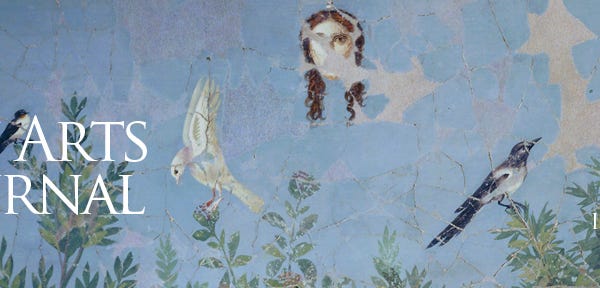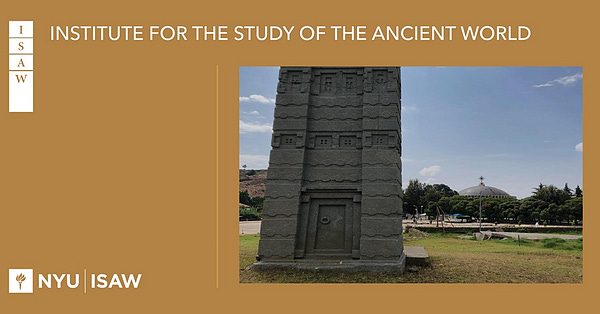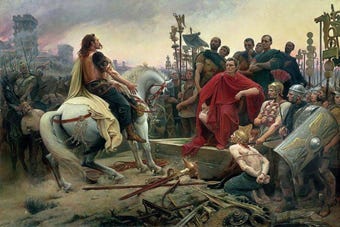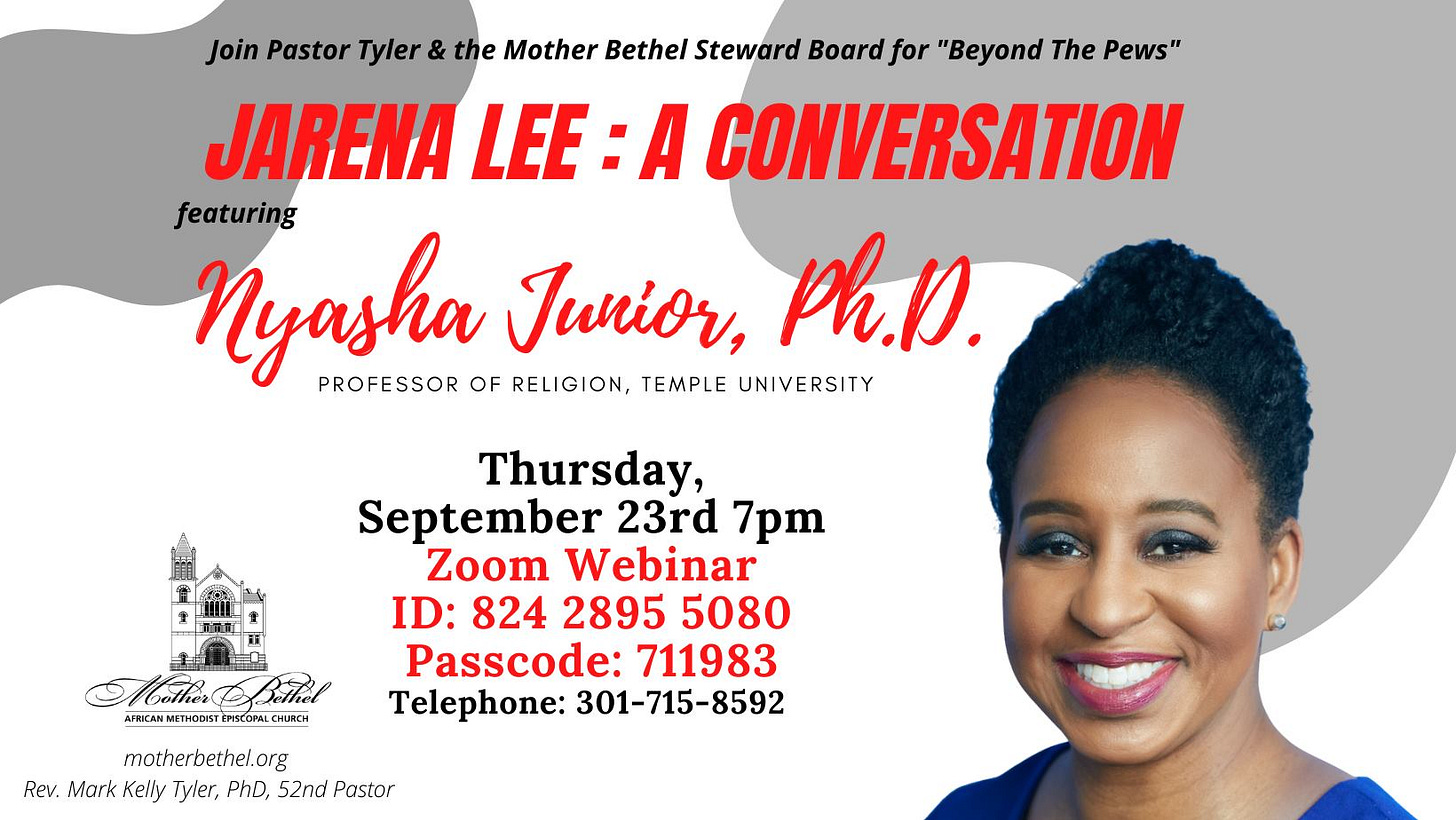
This week Javal Coleman provides a start point for the study of ancient slavery, ties between tattoos and colonialism, the influence of the Japanese Kojiki on China, new journal issues in the field of global antiquity, and much more.
On the SCS Blog last week, Javal Coleman published an essay, “A Black Odyssey: Coming from Slaves and Studying Slavery.” Below he recommends some old and new readings focused on ancient slavery:
In terms of theoretical approaches to ancient slavery, Orlando Patterson and Moses Finley remain important to understand. The edited volumes responding to Patterson’s work are especially useful today for thinking through reception, impact, and critique. This includes Walter Scheidel and John Bodel’s edited volume On Human Bondage. The work of Keith Bradley, particularly Slavery and Society at Rome, remains useful for Rome in particular, as does Amy Richlin’s much more recent Slave Theater in the Roman Republic: Plautus and Popular Comedy. Richlin demonstrates how enslaved individuals played a part in their representation on stage and agency. For the late antique Mediterranean there is Slavery in the Late Roman World, 275-425. The Cambridge World History of Slavery (Vol. I-IV) is also an incredible resource.
In terms of Greek slavery, David M. Lewis’ Greek Slave Systems in their Eastern Mediterranean Context, c.800-146 BC connects Greek slave systems with the Near Eastern world rather than considering them in a vacuum. It is focused on legal evidence rather than lived experience. On the other hand, Sara Forsdyke’s new Slaves and Slavery in Ancient Greece strikes more of a balance in approach between legal, epigraphic, and papyrological evidence alongside attempts at reconstructing the lived reality of enslaved persons. Finally, the new edited volume Slavery and Sexuality in Classical Antiquity looks at the sexual existence of enslaved persons—through ancient and modern comparisons. As Patterson argued, cross-comparison is important. For slavery in antebellum America, Walter Johnson’s Soul by Soul: Life Inside the Antebellum Slave Market is incredibly insightful. These works are just a start to building important courses, syllabi, and public discourse that engages with ancient and modern servitude.
Further bibliography:
Paulin Ismard et al, Les Mondes de l’esclavage (likely translated soon).
Craig Perry et al, Cambridge World History of Slavery vol. II is newly published.
Noel Lenski et al, What is a Slave Society? the practice of slavery in global perspective
Seen in the Twittersphere:
As historians in The Washington Post and elsewhere have noted, Twitter threads are a great way for experts in a field to have sustained, didactic moments of engagement over social media. This thread from Jermaine Bryant at Ship of Theses, addressing whether “Romans were aware of the ethical implications of such a large (and at times very brutal) empire? And [whether it] is it fair to judge them for what we see as their moral failings if they did not see them themselves?”, is an exemplum.
Over at Vulture, Classicist Angeline Chiu discusses Greek tragedy and Kasey Musgraves.
At The Conversation, tattoo historian Allison Hawn addresses the ancient history of tattoos from the 5300-year-old Ötzi the Iceman to the tattoo needles from Utah’s Pueblo archaeological sites—and explores its connections to colonialism from the 15th century onward:
As I found in my research, somewhere around the 1400s tattoos became an easy way to draw a line between European colonizers and those colonized, who were seen as “uncivilized.”…As Western colonizers pushed into places like Africa, the Pacific Islands and North and South America in the 1400s and 1500s, they found entire groups of native peoples who were tattooed.
Over at the Open Arts Journal, there is an open access issue on “Material Religion in Pompeii” edited by Jessica Hughes. From the Lares to the sensory experiences of gardens & Pompeian funeral processions, this issue is exquisite (and free).


The newest open access issue of Religions has Jeffrey L. Richey discussing “Daoist Cosmogony in the Kojiki 古事記 Preface.” It explores the impact of ancient Japanese traditions on China:
A close reading of the cosmogony found in the preface to Ō no Yasumaro 太安萬侶’s Kojiki 古事記 (Record of Ancient Matters, 712 CE) reveals the ways in which Japan’s early Nara period elites appropriated aspects of China’s Daoist traditions for their own literary, mythological, and political purposes.
If you have never read the Kojiki, illustrator Kazumi Wilds’ graphic translation of the creation myth is stunning.
The newest Apple update, iOS15, brings new keyboard layouts for Ainu, Amharic, Fula (Adlam), Igbo, Navajo, Rohingya, Syriac, and Tigrinya.

Apply to this
The SCS invites applications to the Erich S. Gruen Prize by October 8, 2021.
The Erich S. Gruen Prize Committee invites all graduate students in North America to enter the second annual competition for the best graduate research paper on multiculturalism in the ancient Mediterranean. This year the prize will be a cash award of $500.
Google form here.
Conferences and Lectures we’d definitely attend
Today at 7pm ET, Nyasha Junior discusses the history of AME lay preacher Jarena Lee.
On October 20, 2021, Byzantinist Leslie Brubaker will be speaking on “Looking for the Poor in Byzantium” for the The Israeli Forum of Early Medieval Studies.
On October 27, 2021, Valentina A. Grasso will be giving a talk on “Late Antique Empires on the Red Sea: Wars without Faith” online through ISAW. “This lecture aims to analyse the interactions between Jews and Christians in sixth century South Arabia, offering some reflections on the wider late antique socio-economic and political map. The talk will present a comprehensive analysis of this period through a reading of literary and epigraphic material, reconstructing the spread of Christianity in South Arabia and the events leading to the massacre of the Christians of Najrān in 523 [CE].”


New Online Journal Issues September 16t through 22nd curated by @YaleClassicsLib
Akropolis: Journal of Hellenic Studies Vol. 4 (2020)
Anzeiger für die Altertumswissenschaft Vol. 84, No. 1(January-March 2021) #openaccess
Vigiliae Christianae Vol. 75, No. 4 (2021)
International Journal of Cultural Property Vol. 28, No. 1 (February 2021)
NB: “Conflict antiquities’ rescue or ransom: The cost of buying back stolen cultural property in contexts of political violence.” by Samuel Andrew Hardy
The Medieval Globe Vol. 7, No.1 (2021) The Global North: Space, Network & Connections Before 1600
Acta Antiqua Academiae Scientiarum Hungaricae Vol. 60, No. 1-2 (2020)
Acta Archaeologica Academiae Scientiarum Hungaricae Vol.72, No. 1 (2021)
Pitches:
The Public Books section "Antiquities" is now taking pitches for articles to be published in early 2022. You can also pitch to our “Pasts Imperfect” column at the LA Review of Books using this form. We hope to hear from you and we especially encourage emerging and historically underrepresented scholars to consider working with our mentorship network.
Thanks for reading and see you next week!









